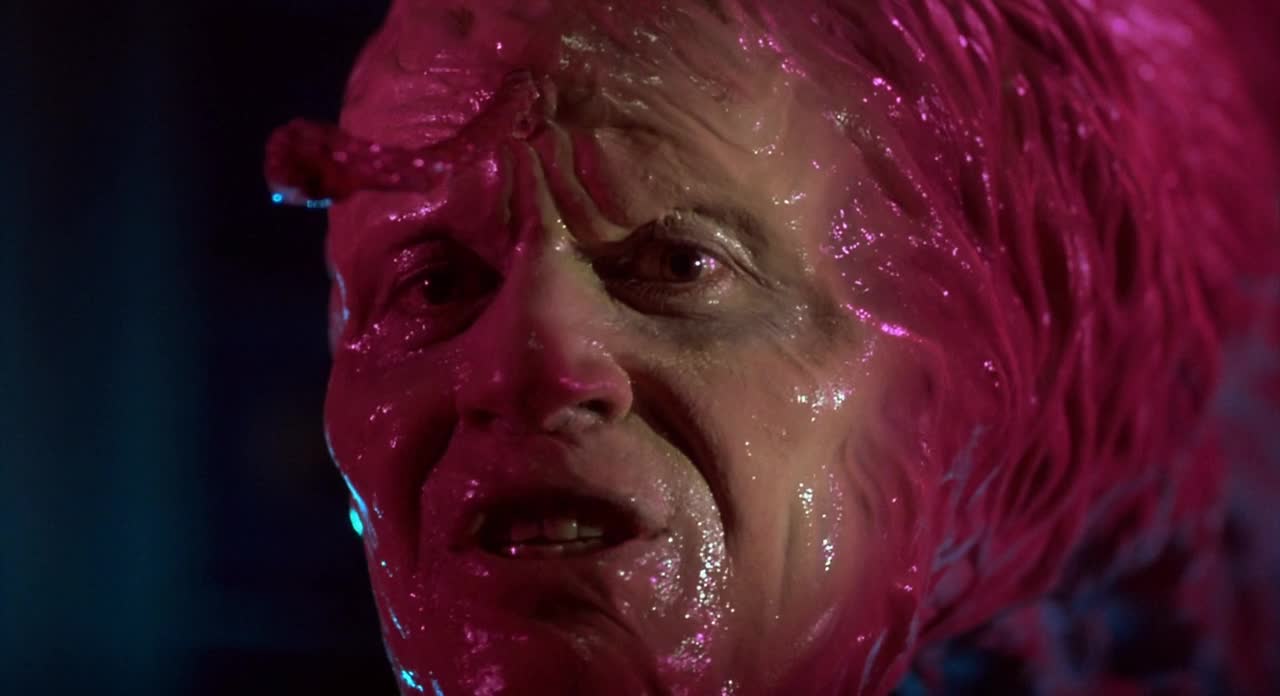I’ll level with you – I am not much of a completionist. Between my PlayStation and my Xbox consoles, I have only Platinum’d eleven or full 1000’d eight. I have always tried to have the fullest experience I can possibly have (I always found on the Riddler trophies in Batman, and I’ve completed the original Gears of War series more times than I can count), but sometimes I will look at an achievement list and shrug it off altogether. A lot of this is because many videogames incorporate online-play or a frivolous task I can’t bring myself to allocate all the time required. If it becomes too much of a chore I have to step back a bit and ask myself why I’m actually doing it.
Lately though, I have been on a bit of a completionist kick, so to speak. I went through and did anything and everything I could in High on Life (writing that review will be a little awkward because the recent Justin Roiland controversies, but I digress), and I through and did everything I could for Bully: Scholarship Edition.
Admittedly, this is a lot of the reason why I decided to revisit Ape Escape on the original PlayStation. Not only is Ape Escape available through Sony’s PlayStation Plus subscription service, but it is also a fairly easy Platinum. How easy? Well, not that easy. It isn’t like that Last Airbender videogame where you can do it all in a few minutes. I actually had to beat Ape Escape, capture 100 monkeys (I collected 157 by the end of my playthrough) and find 40 Specter Tokens (by far the most tasking aspect). It is nothing to write home about, but it’s a respectable Platinum trophy. Likewise, too, it allowed me the chance to revisit a videogame from my childhood I was fond of.
The end result – Ape Escape’s a little rough by today’s standard.
A lot rough, in-fact.
First and foremost, I want to offer some reflection on behalf of Ape Escape. Developed by Japan Studio (known for developing Ico, Shadow of the Colossus, and The Last Guardian), Ape Escape received critical acclaim on-launch. Ape Escape was an innovator. The videogame was amongst the first videogames to make use of PlayStation’s dual analog controls and helped influence platformers for decades thereafter, offering a unique approach to the well-established formula.
Warts aside, I do have an appreciation for Ape Escape overall. The music is fun and energetic, adding a lot of personality to Ape Escape, in a similar way to how Crash Bandicoot and Spyro the Dragon’s soundtracks stayed with you long afterward. Although the graphics are certainly dated nowadays, they manage to retain a lot of their charm after all these years, unlike some of the earlier 3-D platformers released in the PlayStation era. They’re bright, colorful, and they made me feel all warm and fuzzy inside as I explored around.
Hereafter, I do mostly have a lot of aspects I didn’t enjoy.
The voice-acting admittedly leaves a lot to be desired – it’s corny (like Neo Cortex’s portrayal in Crash Bandicoot) and purposely so, but it’s also stilted and bad, resulting in a so bad, it’s good type reaction (think the very first Resident Evil game). For the most part, the cut scenes and, frankly, any actual attempt at character development, be it for the villains or otherwise, falls flat. Of course, the same can be said about a lot of fantastic platformers and it isn’t at all a deal-breaker.
The largest hang-up I had with Ape Escape was the controls and the camera – which, I know, I know, were particularly unique for the time it was released. I know! I may have been three-years-old when Ape Escape first arrived, but I was always a student of the game, so to speak. However, revisiting them now, and even comparing them to other PlayStation classics in-retrospect, they come off very janky. The camera fights with you, constantly yanking itself away or refusing to cooperate during platforming sections, and the control scheme, particularly during minigames, is both unintuitive and unfun.
This isn’t to say no fun can be had with Ape Escape. I liked it, except for the many moments I didn’t. It is repeatedly gratifying to net one of the monkey’s, almost in a pseudo-Pokémon way. Likewise, the videogame simply bolsters a lot of charm in and of itself, and for that reason, it is disappointing that I didn’t enjoy it more than I did.
The best moments are when Ape Escape is at its simplest, although I do commend certain ideas and admire their ambition. At its most basic, when I am searching for monkeys and collecting items, I am at my happiest. Certainly gadgets are also fun – like the R.C. car or the Sky Flyer. My interest wanes when I’m required to drive a tank or use a raft, or fight any and all of the boss battles throughout. I had more than a handful of instances where I wanted to shut it off and let well enough be, like when I’m trying to aim the slingshot in a dire situation and it won’t cooperate or I land directly on a narrow platform and fall through it. Some things you do eventually get the hang of, some things come and go fast enough that it doesn’t matter, and other things remain awkward throughout the duration because their awkwardness is unescapable.
As I close the book on Ape Escape, I am left with mixed-to-negative thoughts about it (with an asterisk). This is very much a videogame that walked so others could run. It was the sacrificial lamb (or ape) that had to make the first steps so that better experiences could be found, and for that, I believe it has a lot of admirability. Also, whereas I know I can put in Crash 2 on PlayStation and play it with no issue, I know the same can’t be said about the original Crash, which had a lot more hiccups and kinks to work out. This was the Ape Escape series’ opportunity to work out its kinks and figure out the best way to move forward, which makes me excited to play Ape Escape 2 – because there is a lot about the original I really like that I feel could be improved upon. In a perfect world, maybe the original Ape Escape will win big someday and receive a proper remake that fixes a lot of the discrepancies and lets what’s works better shine through. For now though, like the simian with sunglasses and a machine-gun, it’s out of our reach.






GIPHY App Key not set. Please check settings